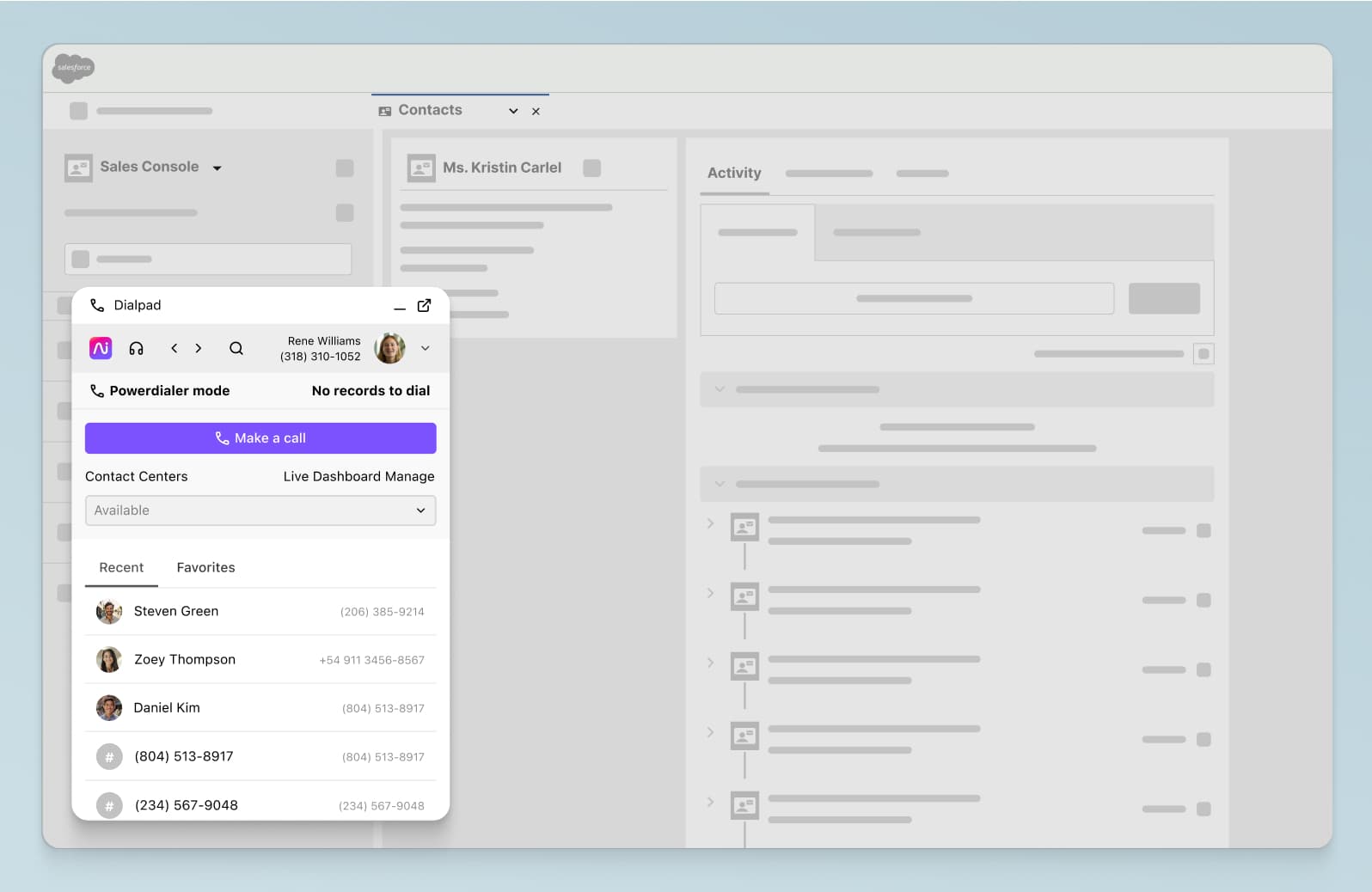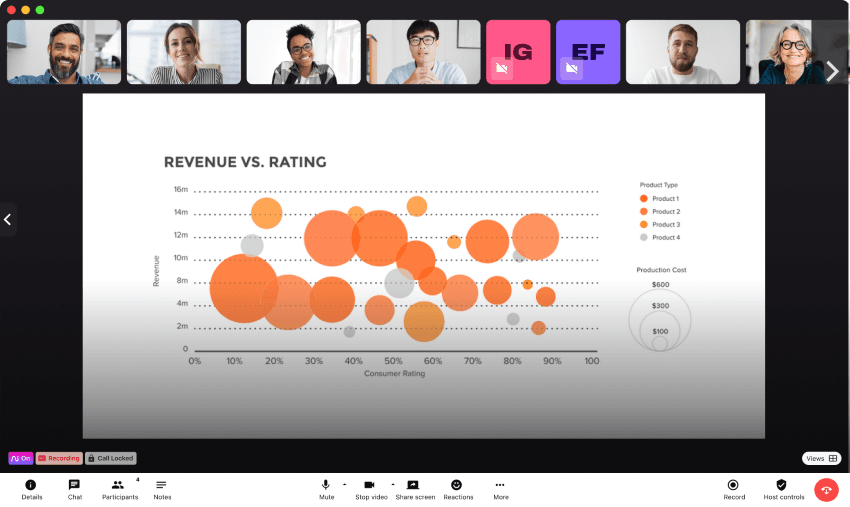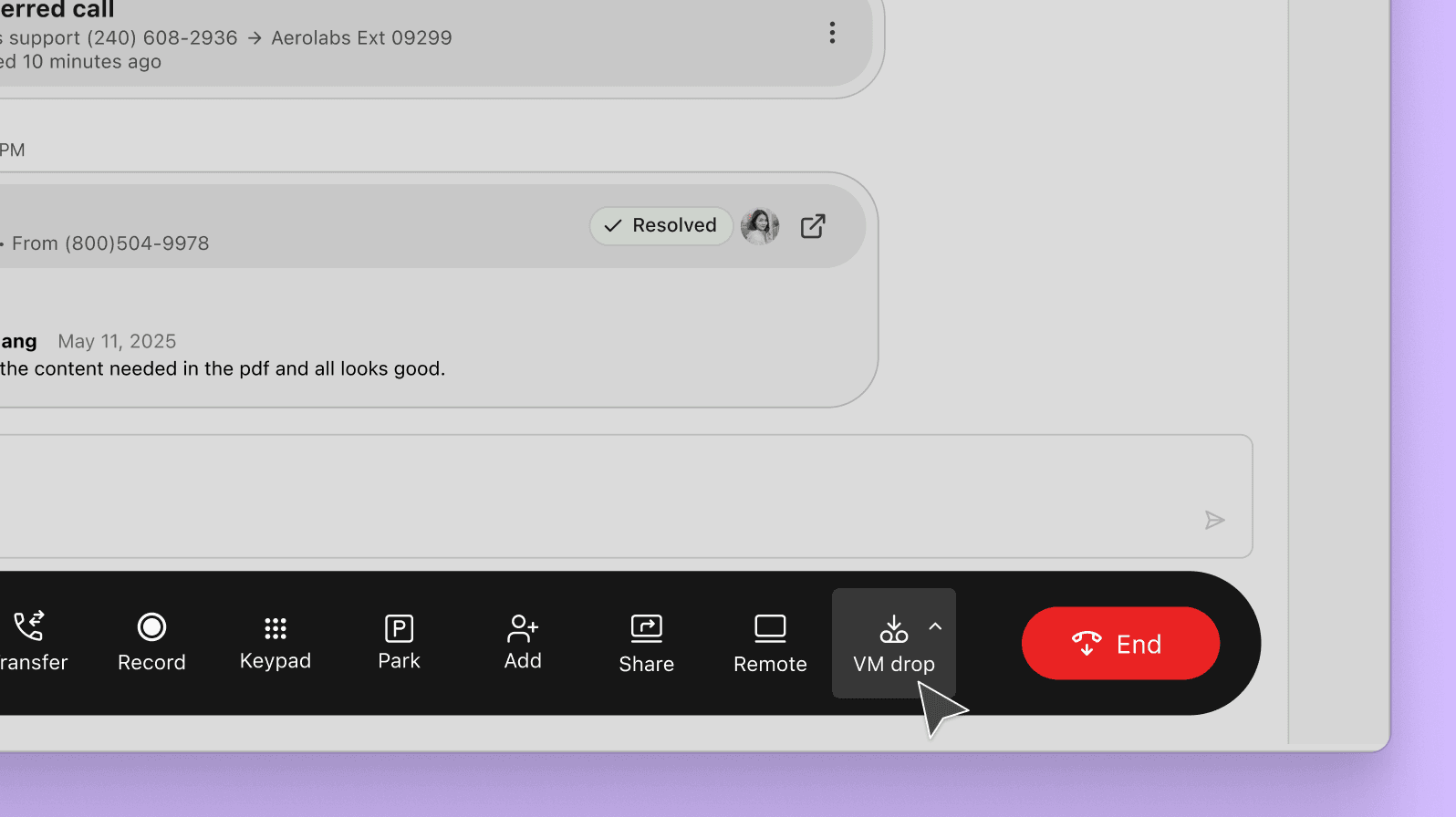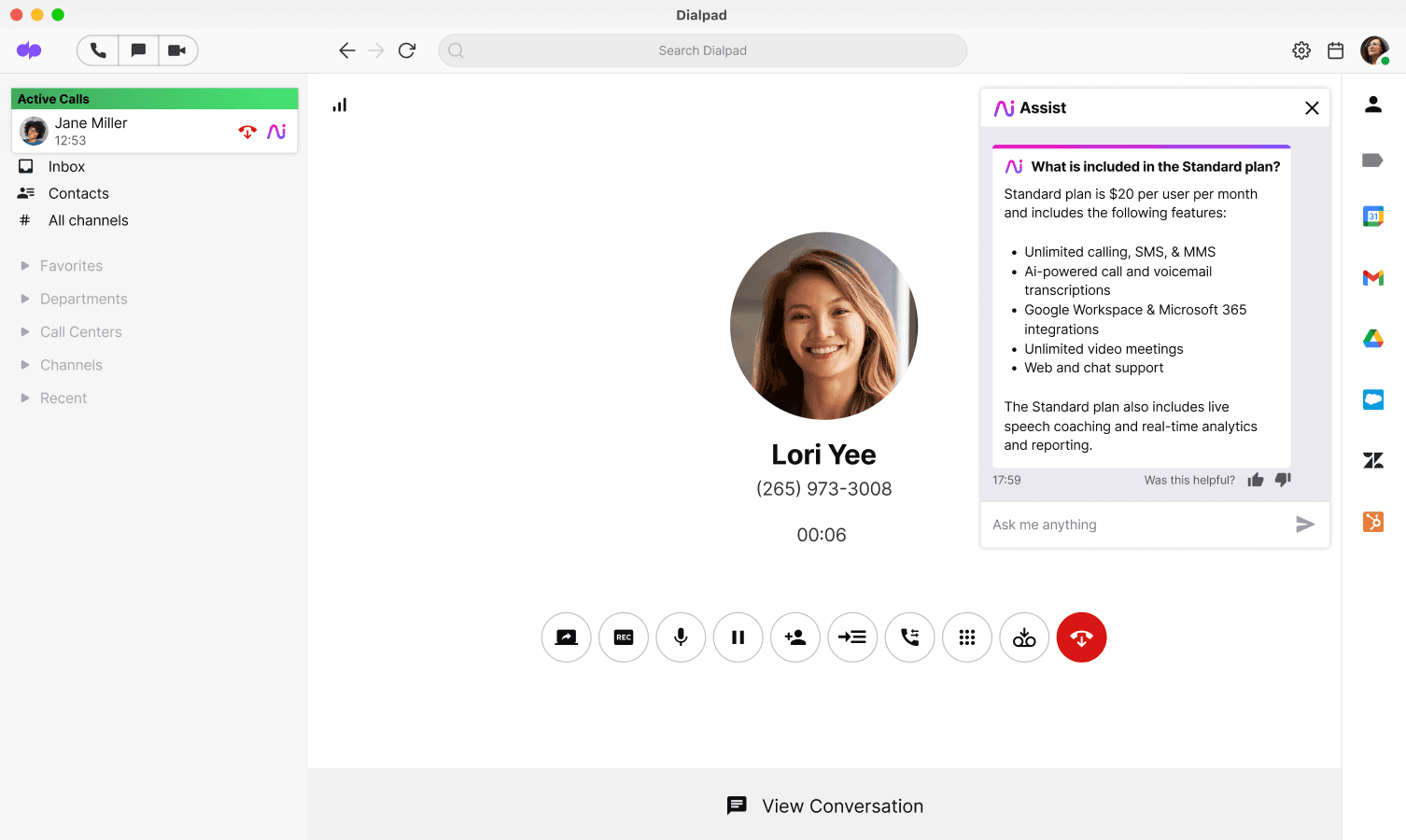What is enterprise sales: Insights from an experienced AE

Enterprise Account Executive

Tags
Share
Why do some businesses struggle with enterprise sales?
It’s easy for people to fall into the trap of “sales is sales,” even for experienced AEs and leadership teams. This has led many (organizations and individuals alike) to make assumptions about enterprise sales and what it involves, resulting in inefficient processes, improper training, and missed quarterly targets.
I’ve spent over a decade selling SaaS and other products across market segments—and now, I focus exclusively on selling to enterprise-size companies. This experience gave me a good understanding of the differences, both in terms of selling to an enterprise and working within an enterprise organization, and I would like to share what I’ve learned with you.
In this article, I’ll explain the core concepts of enterprise sales, how both leaders and sales organizations can sell more effectively to these companies, and even how to best handle a shift from targeting SMB and mid-market to targeting enterprise.
So let’s start with the basics:
What is enterprise sales?
In the simplest of terms, enterprise sales is the practice of selling a product or service to an enterprise-level organization.
What “enterprise-level organization” means is somewhat up for debate. In many organizations, enterprise is defined by the number of employees in the organization you’re selling to. (These tend to be large companies, which for your sales org, could mean anything above 1,000 employees, anything above 5,000 employees, or however your company approaches the market). Others define it by the amount of revenue generated, whether it’s globally-operated or publicly traded, and the presence of a board of directors. Some rely upon a published list based on market share or growth, such as rankings on Forbes, Entrepreneur, and Crunchbase.
Commercial vs. enterprise sales: What’s different about enterprise customers and how to sell to them?
There are a number of significant differences between market segments that make enterprise sales a challenge for the unprepared. While the enterprise sales cycle can be a complex process, it can be made much more efficient with a dedicated enablement program. I’ll review the differences below and recommend ways to tackle this sales model.
Scale and scope of stakeholders
The biggest difference between enterprise and other segments is the scale and scope of stakeholders in prospect companies. When selling to small businesses (SMB) and some mid-market companies, you’ll likely have a smaller number of decision makers for a purchase. They could be a middle manager or the company owner themselves.
Selling to an enterprise, on the other hand, requires dealing with a buying group or a committee—sometimes even multiple groups. Selling to a single department, team, or division would still have multiple levels of complexity and bureaucracy. It’s not a single person doing all the decision making.
Generally speaking, buying committees grow in size and scale the further up you go in terms of deal size and potential impact. This is because the stakeholders have to be closely aligned to the company executives, the shareholders, and the company’s bottom line, and so need to do as much diligence as possible before closing a deal.
Any sales team looking to sell to an enterprise organization has to be prepared to put in a lot of hard work establishing and nurturing multiple relationships within an organization. They need to have the ability and tools necessary to keep these contacts well-organized and manageable across dozens or hundreds of other active deals.
One such tool is Dialpad’s Salesforce CRM integration. It allows you to initiate calls from within Salesforce, making it easier to communicate with all those stakeholders, and helps keep track of those relationships by displaying the history of all text and voice communications with each stakeholder in one place:

Length of buying cycle
Deal cycles are another big factor that changes in enterprise sales. B2B sales in general are already known to be significantly longer than B2C sales, but enterprise takes things to a whole different level.
Enterprise deals are a long game. It’s rare for large-scale deals to be closed within the same quarter unless a prospect needs something super quick. Usually, you’re looking at complex sales deals that last anywhere from nine to eighteen months. Some can even take multiple years before finally closing. This is because enterprise deals tend to go through more and longer processes of scoping, evaluation, and negotiation.
If your business is selling to small or medium-sized businesses and startups, and is considering enterprise companies as a potential target, keep this long sales cycle in mind when you adjust your quarterly sales targets and overall business cash flow. Sales numbers will drop in the short term as you work your way through the longer deal cycles and perfect your enterprise sales motions. Be aware of the higher level of risk and make sure you retain business and momentum in other segments to continue your success.
Deal complexity
Enterprise deals tend to have a lot more requests and customizations for deliverables, because they are often trying to address multiple pain points in a larger scope. Often, these deals require requests for integrations into existing systems, custom solutions or unique services.
As such, every enterprise deal needs a customized demo specific to needs, stakeholders, and objectives. It has to be tailored in order to show the stakeholders exactly what value the product brings to the table that the competing bids cannot, and to assure them that the solution can work for their unique needs.
Video conferencing platforms can really make the difference here. When I use Dialpad, for example, requirements discussion can be transcribed live using AI transcription so that both parties can ensure accuracy in information gathering. After the call, sales reps can use this as well as an auto-generated call summary (which highlights important parts of the recording timeline) to help prepare for the next call, pass along the complete requirements, and provide a record for later review.

More Requests for Proposal (RFPs)
RFPs are much more common in the enterprise market, and sales teams should be prepared to handle RFP requests in different ways.
Often, it is the account executive’s responsibility to own the RFP review, completion and submission process. As RFPs have a defined scope and many technical questions, there is a need to coordinate with subject matter experts from a variety of teams (technical, security, legal, services and more). Responding to an RFP is a large undertaking and often your submission is one of many that is scored and ranked based on capabilities, scalability and pricing models. The RFP is an opportunity to present the best of your company’s offering in a detailed yet concise manner.
There are many solutions in the market today that help organize and coordinate RFP responses. Tools are designed to help expedite the process and also serve as a knowledge base for answering commonly asked questions. As organizations grow into the enterprise market, having a dedicated RFP response and management team becomes increasingly practical and resource-efficient.
Team organization and composition
As companies grow into the enterprise market, team alignment and organization will likely differ from the strategy built for a presence in a small to mid-size model. Enterprise account executives generally own a set list of target accounts, a defined geographic territory, specific vertical, or even a product line. Depending on the business model and scale of the enterprise organization this can look very different at each company.
Whether it is alignment based on metropolitan cities, a vertical market, product, or country, the go-to-market strategy for enterprise sales needs to draw alignment from many teams.
Enterprise sales teams generally start with the same building blocks as other market segments: you have lead generation and sales development reps, account executives and sales leadership, but usually at different ratios. Alignment with marketing, technical engineering, and even legal for enterprise strategies will often be defined separately from other models within a company.
Across the various roles, those supporting enterprise sales efforts have a level of expertise to strategically approach and close deals. The volume of leads, sales conversations, and opportunities may be lower, but they often come with higher deal size and customer value.
Post-deal motions
In enterprise sales, deals are rarely finished when the contract is signed. There’s already been a significant time investment for all involved and the relationship built is still at the beginning stages. Often, an Account Executive will still drive and maintain the relationship with the client for months or years ahead. Organizations supporting enterprise clients will also have specialized teams for deployment, servicing, and support who will continue to nurture relationships, product adoption and further purchases.
Enterprise sales teams will work closely through the first few stages of a customer’s lifecycle post-sale. Tight coordination with the implementation and customer success teams help to ensure product delivery matches the needs of the customer and the specific aspects of the sale.
For sales teams, maintaining relationships and ensuring a customer’s success will lead to additional sales in the future, trusted referrals from a customer and the chance to deliver on the successful outcome presented during the sales process. Enterprise customers often grow into new feature sets, expand a product’s adoption to additional divisions or regions, and discover ways that the vendor can help with other aspects of a business that may not have been a part of the original scope or evaluation.
👀 Get a glimpse into the mind of an enterprise CIO
Want to make your enterprise campaigns more effective? Need to shore up your ICP? Read our CIO Playbook to find out what is important to CIOs and how you can best address their needs.
Enterprise sales in SaaS: Why it’s so important in this niche
In my experience, a good enterprise sales strategy is particularly important to businesses in the Software as a Service (SaaS) niche for several reasons. Here are some of the big ones.
Enterprise sales generate more revenue
Enterprise sales deals usually involve larger contracts and higher revenue potential compared to deals with small and medium-sized businesses. Landing just a few key enterprise clients can significantly impact a SaaS company's revenue and growth.
Closing enterprise deals gives you market validation
Securing enterprise clients can serve as a strong validation of a SaaS product's value and market fit. Enterprises typically have rigorous evaluation processes and stringent requirements, so winning their business signals to their peers (your other potential customers!) that your solution is reliable and trustworthy.
Enterprise deals typically come with significant upsell and cross-sell opportunities
Enterprise clients often have complex needs and may require additional features, customizations, or integrations. As an enterprise sales rep, you have a ton of opportunities for upselling and cross-selling deals that you’ve already won, which leads to more revenue per customer.
Happy enterprise customers can lead to valuable referrals
Satisfied enterprise clients are often your best advocates, and if you have a good relationship with them, they may even act as customer references for you, refer other potential clients, and give you that all-important word-of-mouth to other enterprise prospects (who tend to rely on their peer networks more than review sites).
3 best practices for shifting to an enterprise sales strategy
You might be a new organization building your first sales team, or you might be shifting your sales strategy away from SMBs to targeting enterprise companies. Either way, I’m going to recommend some strategies, tactics, and considerations that can help you with the transition.
1. Clarify your focus
It’s not enough to simply announce that your company is now targeting enterprise organizations in your town hall and have it be so. Shifting to enterprise requires a defined focus. That means coming up with new messaging, investigating your new target market, defining new ICPs, producing new case studies, and even expanding product offerings and capabilities to match the needs of an enterprise market segment.
To emphasize the scope of the shift: consider that there are hundreds of thousands of SMB and mid-market businesses, and a much smaller list of enterprise organizations (especially in industry niches). You have much fewer chances to make an impact and less runway to get it right as you adjust your sales strategy.
Enterprise organizations have been in business for quite some time, which means it’s possible to find out good information about them and where you can be successful. Research can help you align your enterprise sales reps (whether organizing by geography balance, product-specific focus, or vertical focus) and firm up your new sales methodology.
Defining your focus helps keep your AEs and SDRs on track for achieving success and prioritizing deals and opportunities that fit your business best.
2. Create and use playbooks when possible
Sales playbooks are a key element of defining your new go-to-market strategy. They are an essential way to document a process reorientation that is repeatable and can be followed by everyone from SDRs to AEs. A playbook will help with sales coaching and employee evaluation. It also helps other areas of your business reorient, too: marketing, sales engineers, account managers, and CS. It helps ensure everyone is equipped to engage with accounts at each stage and drive success.
And although playbooks are a critical roadmap for closing deals and navigating the new sales funnel, you have to allow room for special circumstances. A sales representative might not follow a playbook 100% of the time, and that’s okay. The key is developing enough structure around a process for executing a successful sale and allowing the experience and personal style of an enterprise sales rep to match the style and process of the enterprise customer as much as possible.
3. Leverage enterprise sales software
Enterprise sales tools are a great force multiplier that can help your team get more done at a faster rate.
It’s all about efficiency: the more you can accomplish quickly, the more time you can spend with a prospect, and the faster you can close a deal.
Here are some common software products and apps that can help accelerate your deal velocity and streamline operations.
CRMs
By now, every sales team worthy of their commission knows the value of a CRM and has one set up for their organization. But many overlook the minor things: the user experience, the flow from app to app, and potential ways to improve workflows.
It’s not enough to simply have a CRM. An enterprise sales team needs to maximize the use of the CRM—to eke out every ounce of efficiency from the system. This means having strict policies around maintaining the integrity of the data, ensuring that junk data and redundant/useless data fields are kept to a minimum, and integrating the CRM with as many applications as possible that benefit the team.
Things like a click-to-call sales dialer can save SDRs and AEs precious time and effort. As does the ability to automatically import post-call notes and follow-up tasks into your CRM. These shave only minutes off a rep’s day, sure—but those conveniences add up to a significant amount over time.
Account research tools
The best AEs invest a lot of time in researching the people they are selling to. Knowledge of a prospect—and acting on that knowledge—can go a long way towards standing out amidst a sea of competing salespeople.
Tools like LinkedIn Sales Navigator and ZoomInfo help users discover basic information about potential customers. An experienced AE can use that information to run a deeper investigation into the prospect’s personal preferences and business priorities. Consider the difference between sending a prospect a generic Amazon gift card and a package from their favorite pet food brand. That stuff matters.
Sales enablement tools
Sales enablement tools like Outreach and Salesloft can help teams scale and maintain outreach over long periods of time, which is important given the long buying cycles we mentioned earlier. Just as important is the ability to record all of that activity and eventually analyze it, so that managers can adjust tactics to achieve best results.
Sales-oriented communication platform
While you can technically run a sales operation with nothing more than a cell phone and an email account, it’s not the most effective route to take if you want to set up your teams for success.
There are digital communications platforms with features that can help streamline your sales operations. One such feature is voicemail drop, where a rep that reaches a prospect’s voicemail can simply press a button to leave a pre-recorded message rather than waste time leaving the same message over and over. Our sales team uses this feature in Dialpad quite a bit:

Other important features include live call transcription and voicemail transcription, which make it easier to review calls for important information and to use them as training opportunities. Dialpad’s own transcription feature is powered by AI and Natural Language Processing for better accuracy and real-time capabilities like Ai Live Coach:

For sales organizations with complicated products, this feature is especially helpful because it pops up notes for agents and sellers in real time. Whenever a prospect mentions an important keyword like a competitor or a product name, the AI sales assistant pulls information from all the different data sources within the organization (such as websites and company intranet) to help the rep give timely and accurate answers.
Streamline and optimize your enterprise sales process
Having a successful enterprise sales organization is only possible if one pays close attention to the unique stakeholders, buying cycles, and sales motions involved in progressing a deal forward. Even experienced sales professionals can find enterprise prospects a challenging rabbit to chase if they are unprepared.
But by clarifying focus and targeting the right ideal customer profile, you can align your sales people and have them find and nurture the right opportunities. Set them up with the right tools for success and reinforce desirable sales motions with processes and playbooks. Sow the seeds of strong relationships with enterprise prospects, and you’ll be able to reap the rewards and drive your business’ growth.
See how Dialpad can power your enterprise sales operation
Book a demo to check out Dialpad's unique AI-powered sales features like Real-Time Assist cards, Ai Live Coach, live transcription, sentiment analysis, and more. Or, take a self-guided interactive tour of the app first!
